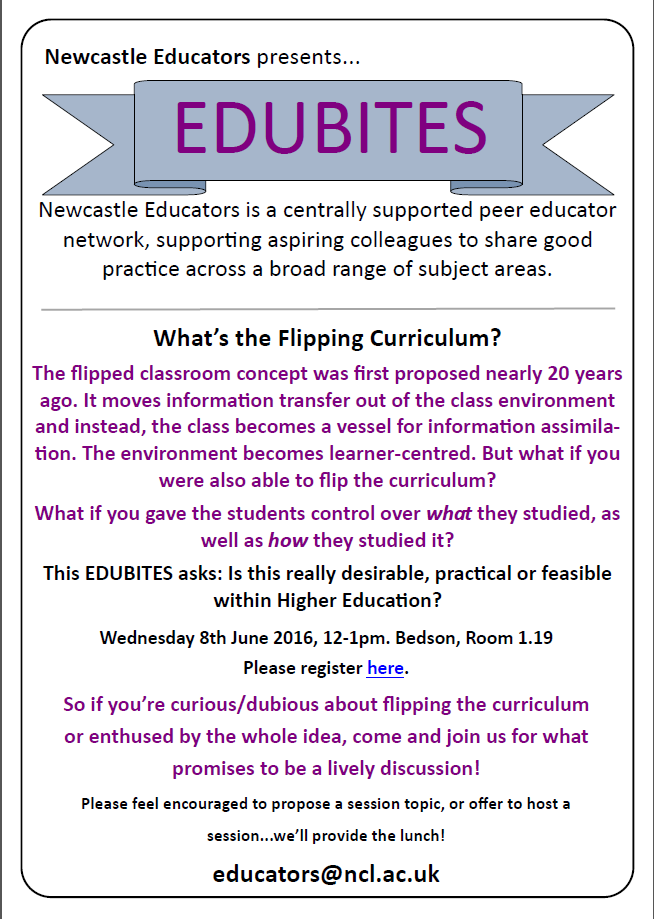NCL London’s Paul Fleet, Vanessa Varvas and Claire Twyman look back on the last year…
Newcastle University London is coming to the end of its formative and founding year. It has an excellent number of Pathway students who have completed their studies and are ready to progress onto its Marketing, Management, Finance & Accounting UG and PG programmes; whilst its current PGTs are now in ‘dissertation mode’ after being immersed in the industry of business through their studies.
Included in this core phrase of the campus are industry guest speakers on a Masterclass series, the students going out into the City in work-based projects (such as the Spitalfield’s Market Challenge), and students being involved in similarly immersive events back at the mothership (such as the Gain A Global Advantage day at NUBS).
Not content with just with industry immersion, the Campus is bringing in ideas of innovation to its learning and teaching.
These include specific speakers from the City of London being part of the delivery within the modules so that the students experience a healthy balance of research-informed theory into practice during their lectures and seminars; the Campus moving in 2016/17 to an all online assessment and feedback process; boosting the technology of ReCap to capture three streams (slides, audio, and presenter/whiteboard) for the benefit of post-lecture revision; the linking of translation students at Newcastle with business students at London so both can role play elements of their future careers in a multi-lingual business negotiation meeting, and… if all goes to plan the installation of a Decision Theatre (think IMAX for Education) so that there can be simultaneous cross-campus delivery of equivalent/complementary modules.
The next academic cycle will see Pathway, UG, PGT, PGR (including PhD) all happening at the Campus, and, at the point of writing this, the firm acceptances at NCL-LDN look to exceed the set UG target.
Further, where these potential students are coming from is not just an international market and nor is it in competition with Newcastle itself. Analysis has shown that potential students in the overwhelming majority (96%) apply to one campus or the other, and those that apply for NCL-LDN have Firm and Insurance choices with Queen Mary, University of London, City University (CASS Business School), Royal Holloway, University of London, University of Surrey, Coventry University, King’s College London, LSE, University of Reading, UCL and University of Exeter rather than Newcastle.
This all makes for good news for those units and staff who are looking to have an involvement with NCL-LDN.
The Campus is strong in its beliefs and presence (it is not a flying faculty in retreat like some across the sector); has administrative, professional support and academic staff with a can-do mind set; has established itself as a point of the North in the South for meetings, conferences, policy events, and so on breaking the London-centric barriers; and it firmly upholds the governance, community and civic ethos of Newcastle University.









